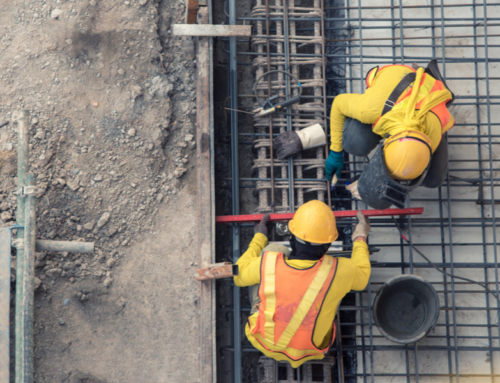Material wastage and rework can contribute from 7.25 to 35% of the total project cost and can also shoot up the construction time. BIM clash detection tools can find, examine and report clashes from 3D models that are made by integrating different disciplines into a single platform. Finding and solving clashes at the initial stages can reduce project cost, time, and effort.
CAUSES OF CLASHES
Clashes can delay construction until all the stakeholders coordinate together to resolve the problem. This can impact the project schedule and cost irreversibly. There can be many causes of clashes and some of them are:
- The intersection of components of various disciplines that share common space.
- Clashes between equipment scheduling and workflow.
- Deficiency of buffer space around equipment.
DETECTING AND RESOLVING CLASHES
Making use of 3D BIM clash detection software can allow for 3D coordination between various disciplines and generate clash reports. Various types of BIM clash detection are used. These are explained below.
Types Of BIM Clash Detection
HARD CLASH DETECTION
This type of clash comprises two components that share the same place. For instance, pipework through a steel beam or a duct that runs through a plumbing line. Hard clash can be detected based on semantic and rule or geometry-based algorithms on the BIM object with embedded data. The semantic-based clash detection on embedded object data removes the typical mistakes like MEP against a ceiling whereas the geometry-based detection recognizes clashes like a beam running via a pipe.
SOFT CLASH DETECTION
A soft clash occurs when an element is not offered to the geometric or spatial tolerance it needs or when the buffer zone of the element is breached. MEP services will require spatial tolerance to allow for maintenance later. For instance, an air conditioning unit will need buffer space from a wall or beam to facilitate easy and safe maintenance access. When soft clashes are left unattended, they can result in safety and maintenance issues. Offering necessary object-related tolerance information to BIM software can help detect soft clashes as per applicable standards and regulations.
WORKFLOW CLASH DETECTION
This type of clash includes clashes of contractor scheduling, material and equipment delivery, and conflicts in the general workflow timeline. Workflow clashes result from scheduling clashes of various activities and this can reduce the overall efficiency of the construction firm in the long run. BIM clash detection software can help the contractor schedule various activities to avoid workflow clashes.






